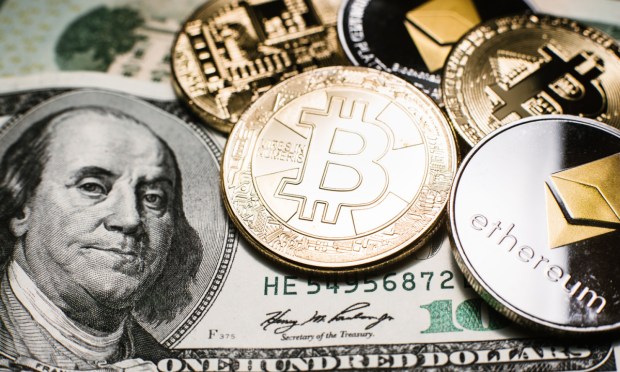
Transak, a Web3 payments infrastructure provider, is now a part of Visa Direct.
The partnership, announced Tuesday (Jan. 30), marks “a significant milestone by enabling users in over 145 countries to seamlessly convert their cryptocurrency holdings into local fiat currencies,” Transak said on its blog.
The blog post argues that while most platforms and gateways are optimized for fiat-to-crypto conversions, the reverse isn’t true. At the same time, many customers need a speedy, secure and compliant way to exit the crypt market, but have a difficult time doing so.
That means these users are often stuck putting their funds into stablecoins and relying on other methods of cashing out that might fall into regulatory gray areas, Transak said.
“By enabling real-time card withdrawals through Visa Direct, Transak is delivering a faster, simpler and more connected experience for its users — making it easier to convert crypto balances into fiat, which can be spent at the more than 130M merchant locations where Visa is accepted,” said Yanilsa Gonzalez-Ore, North America head of Visa Direct and Global Ecosystem Readiness.
Transak’s payment and onboarding services lets users buy and sell crypto, handling things like know-your-customer (KYC) requirements, risk monitoring and compliance on behalf of its customers. The company raised $20 million in a Series A round in November.
While the crypto word had a bumpy 2023, PYMNTS wrote earlier this month that industry observers and participants still believe that blockchain technology and cryptocurrencies have the potential to revolutionize financial inclusion for marginalized and unbanked people.
“Identity is required for participation in basically any system or network, but particularly for high stakes and highly regulated financial networks,” Ajay Rajani, vice president of expansion and crypto at Tala, told PYMNTS, adding that blockchain technology brings down that barrier to participation by letting anyone transact on its decentralized network.
Next to traditional banking systems, which often require things like minimum deposit sizes, credit history and proof of address that many individuals cannot meet, blockchain-based assets let marginalized populations to bridge the identity gap.
“It creates a great conceptual unlock,” said Rajani, adding that lower transaction costs not only allow blockchains to replace transactions that already occur on fiat rails, but also enable “entirely new classes of transactions” to happen in safer, digital non-cash formats.